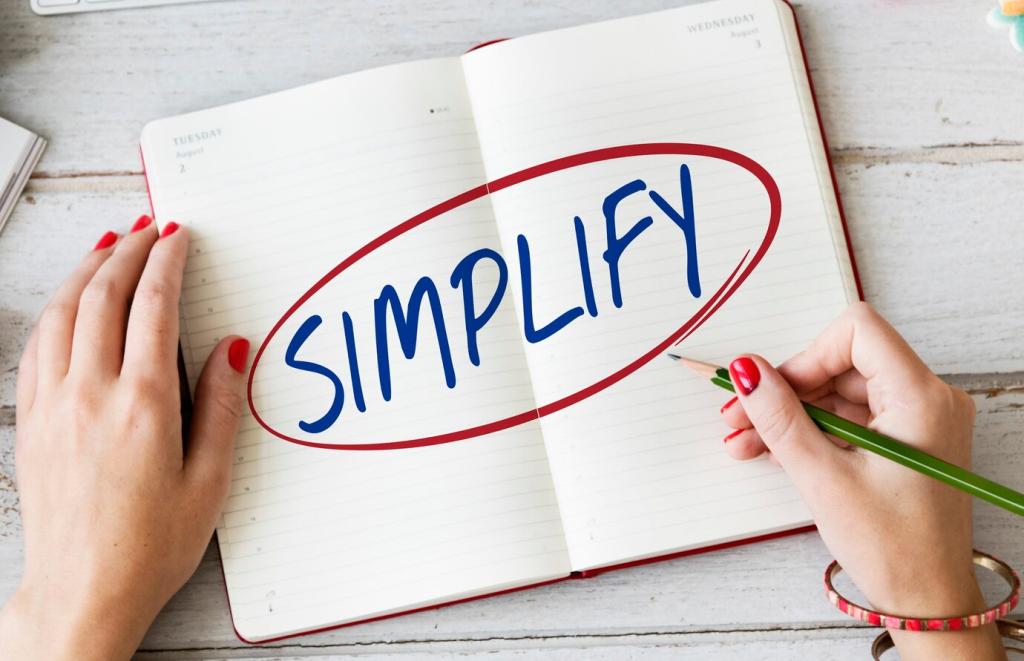Interactive Guides: Revolutionizing Educational Resources
Selected theme: Interactive Guides: Revolutionizing Educational Resources. Step into a vibrant space where clickable journeys, branching paths, and meaningful feedback reimagine how we teach, learn, and stay curious. Subscribe and share your classroom, campus, or workplace stories to shape our next explorations.
Why Interactive Guides Transform Learning
Interactive guides demand choices, movement, and reflection. Instead of skimming, learners click, compare, and decide, turning concepts into lived experiences. Numerous studies highlight improved retention when learners actively manipulate ideas, not just read about them—engagement becomes the route, not the reward.
Why Interactive Guides Transform Learning
Branching paths let learners practice judgment in safe environments. A wrong turn leads to targeted hints, a better choice reveals deeper context. This narrative flexibility respects different backgrounds, enabling personalized routes that feel purposeful, memorable, and relevant to real-life decisions.




Designing an Effective Interactive Guide
Clarify what learners should know, do, and value. Only then pick interactions—drag-and-drop, simulations, timelines—that precisely reinforce those outcomes. Purposeful alignment keeps experiences elegant, coherent, and impactful, avoiding flashy features that distract rather than deepen understanding.
Designing an Effective Interactive Guide
Break content into digestible segments, each with a clear purpose. Use hints, progressive reveals, and optional detours to support different readiness levels. A carefully paced flow reduces cognitive overload, while checkpoints ensure learners carry essential ideas forward with confidence.
Tools, Platforms, and Building Blocks
Pick platforms that make building interactions feel intuitive. Templates for scenarios, hotspots, and branching maps speed creation without constraining creativity. Version control and collaboration tools keep teams aligned and courageous enough to experiment, refine, and publish regularly.

Seventh-Grade Science Lab, Reimagined
A teacher replaced a static worksheet with a virtual lab where students mixed reagents, watched reactions, and explained outcomes. Missteps triggered gentle hints. Engagement spiked, misconceptions surfaced quickly, and students started asking better questions before touching the physical equipment.

Onboarding That Feels Like a Game
A company built a branching guide mapping real customer scenarios. New hires practiced responses, explored consequences, and compared model answers. Within weeks, support tickets dropped and confidence rose, because training mirrored the messy, human texture of daily work.

Libraries and Community Learning Hubs
A public library launched digital-literacy guides with click-through demos and voiceover tips. Patrons learned privacy settings by actually adjusting them inside a safe sandbox. Attendance grew, and participants began teaching neighbors—proof that interactivity can strengthen local learning ecosystems.
Keeping Learners Engaged
Use points, badges, or streaks sparingly and only when they reinforce learning goals. Narrative progress, unlockable insights, and gentle constraints can motivate without trivializing complexity. When rewards reflect mastery, learners persevere because it matters, not just because it dings.
Keeping Learners Engaged
Invite short peer prompts, anonymous polls, and guided discussion cards woven into the guide. Establish norms that encourage curiosity and respect. Community energy deepens understanding, and learners discover surprising strategies from one another’s perspectives and experiences.
Measuring Real Impact

Metrics That Matter
Combine completion rates with path analysis, retry patterns, and time-to-competence. Look for fewer escalations, improved project outcomes, or safer lab practices. When metrics align with your original outcomes, success becomes visible, defensible, and shareable with stakeholders.

Listen for the Human Signals
Collect learner notes, hallway comments, and manager observations. Short interviews often reveal barriers that dashboards miss—confusing wording, too much choice, or unclear goals. These stories guide adjustments that transform good guides into beloved, dependable learning companions.

Iteration as a Habit
Schedule small updates based on evidence. Replace a confusing interaction, add a clarifying example, or trim an overwhelming chunk. Improvement becomes part of the culture, and learners feel heard—so they return, contribute, and champion the experience to others.
Your First Two-Week Pilot
Pick one outcome, one audience, and one scenario. Draft a branching map on paper. Script feedback for common missteps. Validate with three learners and one stakeholder. Keep scope tiny so finishing is inevitable and insights arrive fast.
Your First Two-Week Pilot
Assemble a minimal, clickable guide. Run a quick usability session, capture path data, and note emotional reactions. Fix friction, celebrate delight, and publish. Share a changelog so learners see your care and feel invested in the evolving experience.


